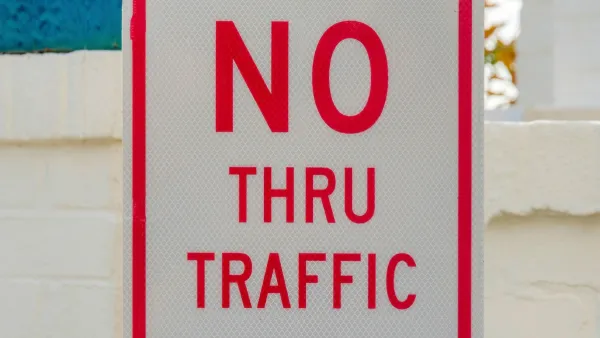Cyclists Bill Reynolds muses on the freedom offered by the bicycle -- and the tragic tendency for cyclists to fall victim to automobiles.
"I ride to work, the dvd shop, the fruit and vegetable stand, the theatre, the mall, a gig, the bar, the bank machine. It seems the practical, economical thing to do. I'm not against cars. I own one - a beat-up 1991 Buick Regal my dad sold me at a price only a parent would set - but I prefer not to use it. I didn't bother learning to drive until I was twenty-three.
It turns out I'm not part of any visible biking subculture. Rather, I'm part of a culture hidden in broad daylight: a utilitarian rider, according to a recent academic taxonomy of Canadian cycling types. Unfortunately, even with new bike lanes coming on stream, Canadian cities aren't built for riders, utilitarian or otherwise. We manage by slipping through the cracks in the urban bustle, finding the seam, whether through a traffic jam or in a designated lane.
Bikes don't fit into society's grand scheme of civility. They are everywhere and nowhere, attach themselves to fences and posts, don't pay taxes or obey the rules of the road. To ride is to transcend quotidian reality, but also to manage the fear of getting hit. On this, the rider's life depends.
There are more riders on Canadian roads than ever, but our numbers are puny compared to Europe's. In Copenhagen, city officials estimate that a solid and very respectable one-third of commuters use the bike. In Canada - with Victoria in the lead at about 5 percent and Toronto lagging way behind at 1 percent - for every two-wheeled insect buzzing around on pedal power, there are sixty-one sleek, fast-moving, fuel-injected four-wheeled animals on the road.
Bikes rule Amsterdam. If a car hits you, it's the driver's fault. Period. Down these crowded streets, walkers fight through designated traffic lanes - one for bikes, and one each for taxis, regular cars, and the tram. But nothing is perfect...The system, no matter how ingeniously regulated, is bursting at the seams. Car congestion has given way to a different anxiety: moving through public space that is on the verge of becoming a bike dystopia. I wonder if bikes here have become the new cars; if they are two-wheeled insects, they're sizable ones, like dragonflies. So what does that make walkers - mosquitoes? Maybe there is something in wheeled motion itself that induces aggressive behaviour."
FULL STORY: Geared Up: On the road to two-wheeled transcendence.

Analysis: Cybertruck Fatality Rate Far Exceeds That of Ford Pinto
The Tesla Cybertruck was recalled seven times last year.

National Parks Layoffs Will Cause Communities to Lose Billions
Thousands of essential park workers were laid off this week, just before the busy spring break season.

Retro-silient?: America’s First “Eco-burb,” The Woodlands Turns 50
A master-planned community north of Houston offers lessons on green infrastructure and resilient design, but falls short of its founder’s lofty affordability and walkability goals.

Test News Post 1
This is a summary

Analysis: Cybertruck Fatality Rate Far Exceeds That of Ford Pinto
The Tesla Cybertruck was recalled seven times last year.

Test News Headline 46
Test for the image on the front page.
Urban Design for Planners 1: Software Tools
This six-course series explores essential urban design concepts using open source software and equips planners with the tools they need to participate fully in the urban design process.
Planning for Universal Design
Learn the tools for implementing Universal Design in planning regulations.
EMC Planning Group, Inc.
Planetizen
Planetizen
Mpact (formerly Rail~Volution)
Great Falls Development Authority, Inc.
HUDs Office of Policy Development and Research
NYU Wagner Graduate School of Public Service


























